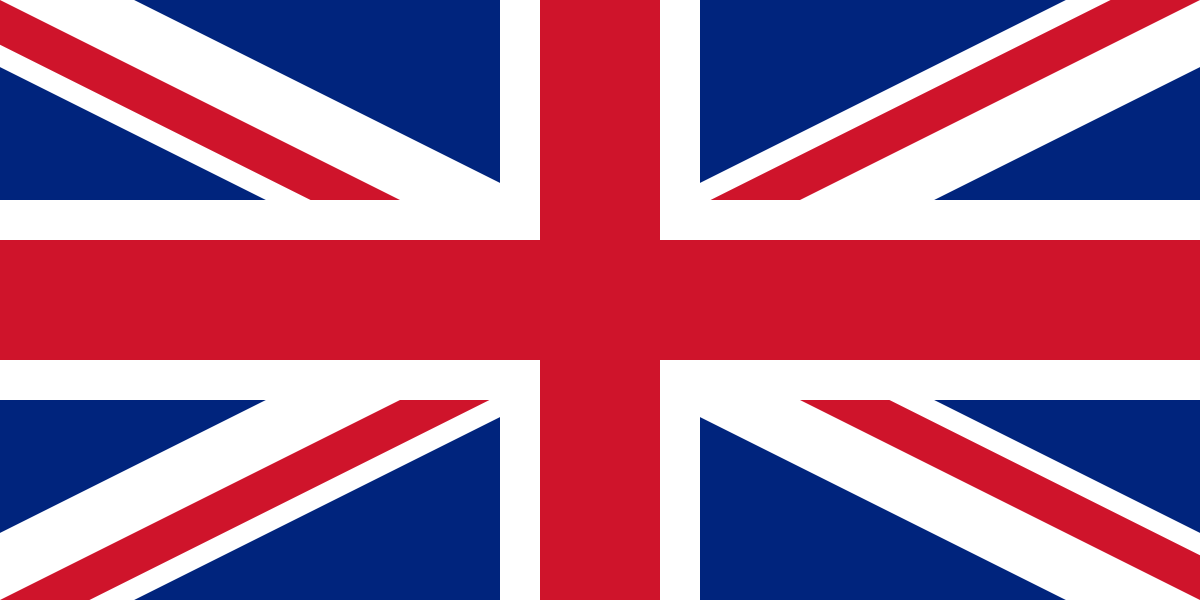The Union Jack has its origins in the 17th century when England and Scotland were separate kingdoms. The official union of the two crowns occurred in 1603 when James VI of Scotland became James I of England after Queen Elizabeth I's death. However, it was only in 1707, with the Acts of Union, that the Kingdom of Great Britain was officially formed, uniting England and Scotland into a single sovereign state.
The need for a unified flag for the new Kingdom of Great Britain became evident. In 1606, a royal decree was issued to create a new flag representing the union. The design combined elements of the flags of England (St. George's Cross) and Scotland (St. Andrew's Cross). The St. George's Cross featured a red upright cross on a white background, symbolizing England, while the St. Andrew's Cross displayed a white diagonal cross on a blue background, representing Scotland.
Initially, the two crosses were superimposed in a simple manner, with the St. George's Cross positioned over the St. Andrew's Cross. This unofficial design symbolized the union of England and Scotland. However, in 1801, when the Kingdom of Ireland joined the union, the flag underwent further modifications to encompass representation for all three countries within the United Kingdom.
The Union Jack serves as a potent symbol of unity, solidarity, and shared history among the four constituent countries of the United Kingdom: England, Scotland, Wales, and Northern Ireland.
- England (St. George's Cross): The red cross on a white background represents St. George, the patron saint of England. St. George holds a revered place in English history, and his cross is closely associated with English identity.
- Scotland (St. Andrew's Cross): The white diagonal cross on a blue background symbolizes St. Andrew, the patron saint of Scotland. The saltire is an ancient emblem of Scotland and is widely recognized in Scottish culture.
- Ireland (St. Patrick's Cross): The red diagonal cross on a white background represents St. Patrick, the patron saint of Ireland. As mentioned earlier, the inclusion of this cross in the Union Jack represents Northern Ireland.
The Union Jack is extensively used in the United Kingdom and its territories. It is flown on government and military buildings, as well as on public and private establishments during special occasions and national holidays. On land, the flag should be flown on a flagpole. If displayed horizontally, the broader white diagonal (St. Andrew's Cross) should be positioned at the top, with the narrower white diagonal at the bottom.
At sea, the Union Jack is referred to as the "Union Flag" and is flown on the jackstaff (a flagstaff on the bow of a ship). When a British warship is moored or anchored, the Union Flag is flown from the jackstaff at the bow, while an ensign is flown from the ensign staff at the stern. The specific ensign used depends on the type of vessel, such as the White Ensign for the Royal Navy.
In conclusion, the Union Jack holds immense historical and cultural significance, serving as an enduring symbol of the United Kingdom's unity and collective identity.
Last Updated on: November 13, 2025
